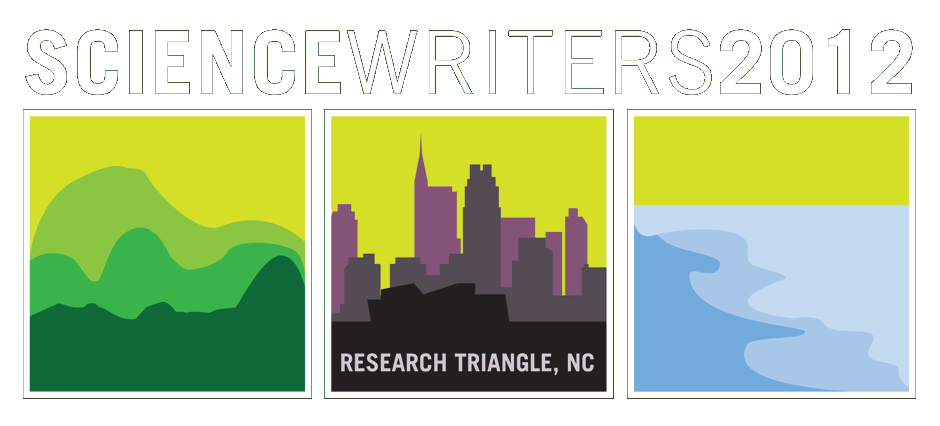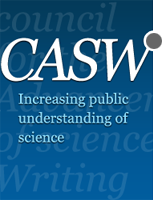What's the universe made of? I. Dark particles and dark stars
The longest outstanding problem of all of physics is dark matter, hypothesized by Fritz Zwicky in 1933 to be the missing mass accounting for the orbital velocities of galaxies in clusters. A large body of evidence now indicates that matter as we know it represents only 4% of what the universe is made of, leaving 96% still to be sorted out. Katie Freese has been a leading theorist in the search for dark matter—the undetected matter that is thought to make up 95% of the mass of galaxies, including our Milky Way—and has predicted the existence of dark stars. She is examining evidence from the Large Hadron Collider, laboratory experiments and astrophysical measurements. Currently there are competing and contradictory claims of “dark matter particles,” and some new experimental results that suggest that a winner is just about to be declared.
Attendees who register at the CASW website can download background material and the presentation at http://casw.org/cosmology/new-horizons-science-2012/briefs/whats-univers....


